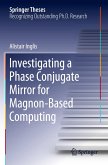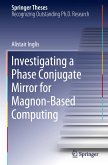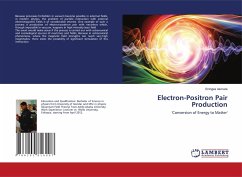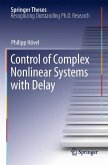This book presents a search for leptoquark particles in final states with two tau leptons and a cross-section measurement of the tau lepton pair production, performed with the ATLAS experiment at the Large Hadron Collider. Measurements of B-hadron decays to D(_) have shown increased rates relative to the corresponding decays to lighter leptons, suggesting the existence of leptoquark particles more strongly coupled to third generation fermions. This makes the production of tau lepton pairs a privileged final state for their detection, as well as a relevant process to probe electroweak properties. The results presented exploit the Run 2 dataset (2015-2018) of pp collisions recorded by the ATLAS experiment at a centre of mass energy of 13 TeV. The search for leptoquark particles sets the most stringent constraints on such models in the non-resonant production mode, while the cross-section measurement of tau lepton pair production is the first one performed in high energy proton-proton collisions. One of the most compelling aspects of both analyses is the estimate of a sizable background of events with hadronic jets mis-reconstructed as fake tau leptons. This is addressed through a novel technique the Universal Fake Factor method extensively detailed in the text. This book also describes the upgrade of the Muon Trigger system of the ATLAS experiment in preparation for the High-Luminosity LHC program, with a focus on the author s involvement in the design of the Sector Logic sub-system.
Bitte wählen Sie Ihr Anliegen aus.
Rechnungen
Retourenschein anfordern
Bestellstatus
Storno








